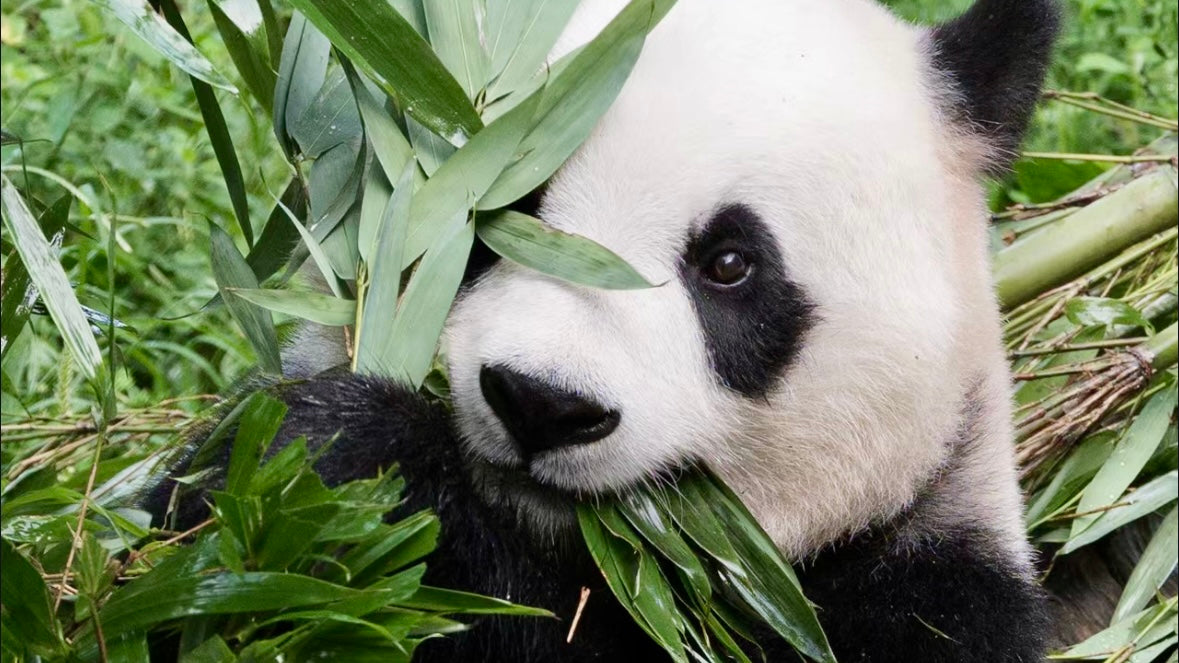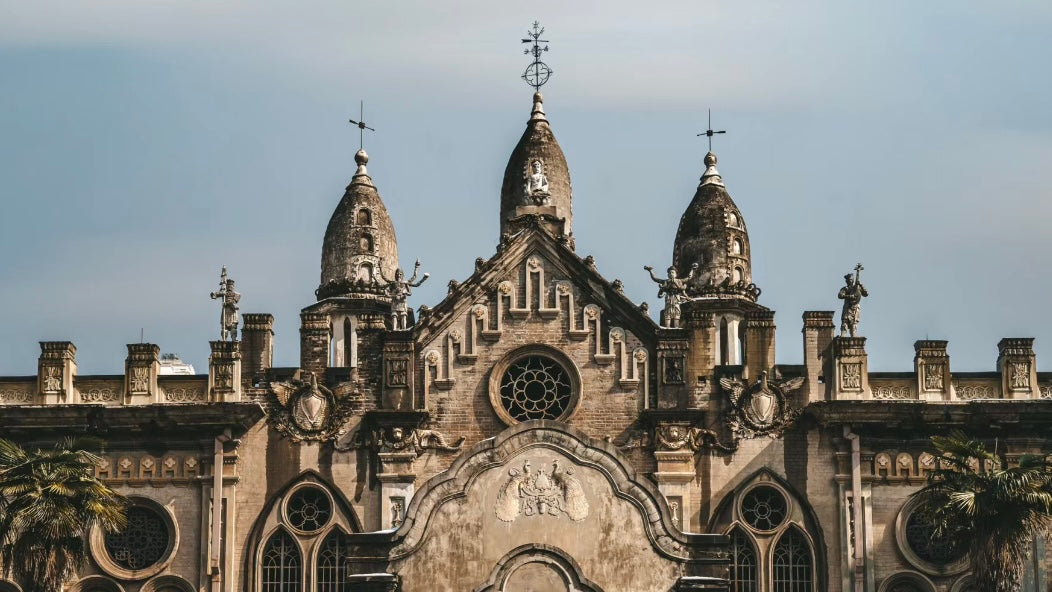Jingshan Park (景山公园), one of Beijing’s best scenic viewpoints, offers a breathtaking panoramic view of the city’s historic Central Axis (中轴线). From its peak, visitors can admire the Forbidden City, Tiananmen Square, and the Drum and Bell Towers, all aligned in a perfectly preserved urban layout dating back over 700 years. Whether you’re a history enthusiast, photographer, or traveler seeking tranquility, this Jingshan Park travel guide will help you uncover its imperial past, best vantage points, and hidden stories.
1. The History of Jingshan Park: From Imperial Retreat to Public Landmark
More than just a city park, Jingshan Hill was carefully designed for feng shui harmony and played a key role in Beijing’s imperial history. Here’s how it evolved over the centuries.
Built as the Forbidden City’s Guardian Hill
Jingshan Park was originally built during the Yuan Dynasty (1271–1368) and later expanded during the Ming Dynasty (1368–1644). The artificial hill was created using the earth excavated from the Forbidden City’s moat, serving both feng shui principles and defensive purposes.
In Chinese cosmology, the ideal capital city should have a mountain to its north and a river to its south. Since Beijing lacked a natural mountain in the north, Jingshan Hill was built to complete this balance, making it a powerful feng shui protector of the Imperial City.

The Tragic Fate of the Last Ming Emperor
Jingshan Park is also the site of one of China’s most dramatic historical moments. In 1644, as the Ming Dynasty collapsed under an invasion by rebel forces, Emperor Chongzhen (崇祯帝) fled to Jingshan Hill and, in despair, hanged himself from a tree, marking the end of the Ming Dynasty and the beginning of Qing rule.

Today, a small memorial stone (思陵碑) stands at the base of the hill, marking the place where the last emperor spent his final moments.
Bridge to Locals Tip:
Pause by the Chongzhen Memorial Site to reflect on the fate of the last Ming emperor—one of history’s most poignant moments.
2. Must-See Highlights in Jingshan Park
Jingshan Park offers stunning views of Beijing, historical landmarks, and beautiful gardens. Here are the top spots you shouldn’t miss.
Wanchun Pavilion: The Ultimate Beijing Skyline View
At the peak of Jingshan Hill, you’ll find the Wanchun Pavilion (万春亭, could also be translated as “Everlasting Spring Pavilion”), the highest point in central Beijing. From here, you get a perfect view of Beijing’s Central Axis (北京中轴线)—the historic spine of the city that has shaped its urban planning for over 700 years.
The Central Axis of Beijing: A UNESCO-Nominated Heritage Site
Southward View: Looking directly south, you’ll see the entire Forbidden City (紫禁城) from above, its golden rooftops glowing in the sunlight. Beyond it, the Central Axis extends to:
- Tiananmen Square (天安门广场) – The heart of modern Beijing.
- Qianmen Gate (前门) – The historic southern gate of the imperial city.
-
The Temple of Heaven (天坛) – Where emperors once prayed for good harvests.

Northward View: Looking north, the Central Axis continues towards:
- The Bell and Drum Towers (钟鼓楼) – Once used to mark time for the entire city.
-
The Olympic Park (奥林匹克公园) – The modern northern extension of the axis, featuring the Bird’s Nest Stadium (鸟巢).

The view from Jingshan Park perfectly aligns with this Central Axis, giving you a rare chance to see how Beijing’s layout has remained unchanged for centuries.
The Seasonal Beauty of Jingshan Park’s Gardens
Jingshan Park isn’t just about history—it’s also a beautiful green space. Stroll through its traditional Chinese gardens, where you'll find:
- Peony Gardens (牡丹园) – In April and May, these bloom into a sea of vivid pinks, reds, and yellows.
- Pine and Cypress Forests (松柏林) – Some trees here are over 300 years old.

Bridge to Locals Tip:
In spring, Jingshan Park is one of Beijing’s best flower-viewing spots, especially for peonies (China’s national flower).
4. Important Etiquette: What NOT to Do at Jingshan Park
Don’t Climb on or hurt Historical Structures – The pavilions and stone railings are fragile and protected cultural relics.
Don’t Play Loud Music – Many locals come here for quiet Tai Chi sessions, meditation, or singing traditional opera. Respect the atmosphere.
Don’t Ignore the Central Axis Signs – Several stone markers along the paths explain the importance of Beijing’s Central Axis—take a moment to appreciate this UNESCO-nominated historical planning system.
5. Practical Travel Tips for Visiting Jingshan Park
To make the most of your Jingshan Park visit, follow these essential travel tips.
Best Time to Visit & How to Avoid Crowds
Visit early morning (7:00 - 9:00 AM) to experience local culture with Tai Chi and opera singers. For photography, sunset (5:00 - 6:30 PM in summer, 4:00 - 5:30 PM in winter) offers breathtaking lighting over the Forbidden City.
Entrance Fees & Booking Information
- Ticket Price: ¥2 per person
- Opening Hours: 6:30 AM – 9:00 PM
How to Get to Jingshan Park
By Metro: Take Line 8 to Shichahai Station (什刹海站) or Line 6 to Beihai North Station (北海北站), then walk 10 minutes.
By Bus: Routes 101, 103, 109 stop at Jingshan Park South Gate.
Whether you’re here for the panoramic city views, the imperial history, or the seasonal gardens, Jingshan Park is a must-visit in Beijing.
Want to explore Jingshan Park with a local expert? Let Bridge to Locals guide you through hidden stories, historical insights, and the best photography spots. Book your immersive Beijing tour today!








Leave a comment
This site is protected by hCaptcha and the hCaptcha Privacy Policy and Terms of Service apply.